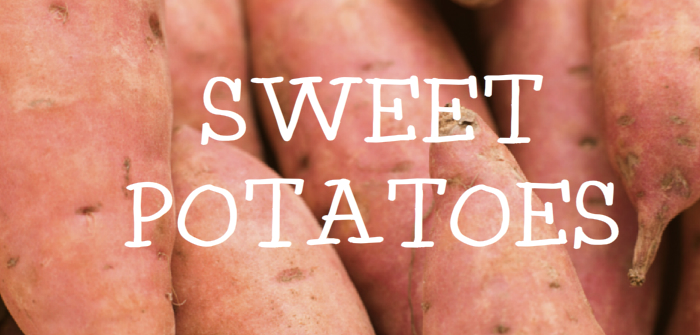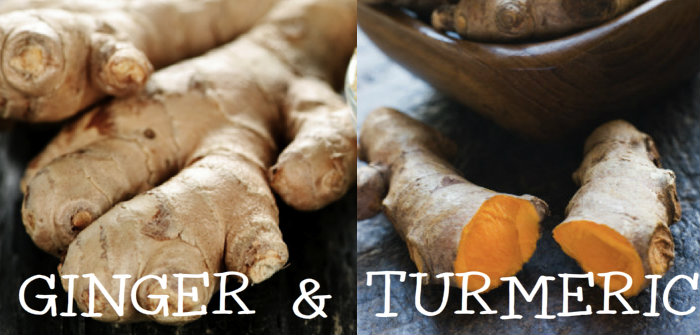|
Eating plenty of fresh, seasonal produce is a no-brainer during the summer when fresh fruits and veggies are everywhere. However, hunting down seasonal produce gets a little trickier during the dead of winter. One thing you can find in abundance are root vegetables. Most root vegetables are in season from the fall through the spring and store well throughout the year! Root vegetables are a nutrient powerhouse. Since they grow underground, they absorb tons of nutrients from the soil. They are packed with antioxidants, iron, and vitamins C, B, and A. They are loaded with fiber and slow-burning carbohydrates that regulate blood sugar and help you stay full longer. When choosing root vegetables pick ones that are firm and free of gouges or bruises. Once you get them home it’s best to store them in a cool, humid place. If storing them in the refrigerator, it’s best to keep them in a paper or plastic bag so they don't get soft too quickly.

In the same plant family as chard, these colorful veggies contain powerful nutrients that aid in detoxification and help protect against heart disease. Beets have a crunchy texture that turns soft and buttery when they are cooked. To receive the most nutritional benefit from beets, cook them lightly. Try steaming them whole for 15 minutes then gently wiping the peel off with a paper towel. If you want to eat them raw, try grating them and then serving them on top of salads or as a colorful garnish to soup.

The antioxidant beta-carotene is actually named after carrots because they are so rich in this nutrient that boosts eye health. But that’s just one of many health-supporting nutrients found in this veggie. If you like your carrots sweet, look for larger ones. The sugars are concentrated in the core and bigger carrots tend to have larger cores and are therefore sweeter. Looking for something a little different to do with your carrots? Try making carrot fries! Cut the carrots into matchsticks, toss with olive oil and roast at a high temperature. It’s fun to experiment with different herbs and seasonings. I like mine sprinkled with fresh rosemary and sea salt and then dipped in a honey Dijon dressing.

Carrot's big, white cousin! Parsnips are harder than carrots and have a deep, warm flavor. They are anti-inflammatory as well as anti-fungal. They are delicious roasted with a little sea salt and olive oil and are excellent in soups and stir-fries. Try adding one to your next batch of broth!

One of the most nutritious vegetables around. Sweet potatoes are anti-inflammatory, rich in antioxidants, help regulate blood sugar, and have more beta-carotene than leafy greens. They lend themselves well to sweet or savory dishes and are best served alongside some form of fat since it increases the uptake of beta-carotene. Try eating a sweet potato for breakfast with a tablespoon or two of almond butter sweetened with a touch of maple syrup.

People have been eating turnips since prehistoric times. Turnips are very subtle in flavor and pair well with other veggies. They are high in fiber and vitamins C and B6, but can lose a lot of their nutritional value if boiled. They are best steamed until soft or sautéed. That being said, adding steamed turnips in with your already-boiled potatoes before mashing is a great way to up the nutrient value of ordinary mashed potatoes.

Mild in flavor, much like a turnip, but with more of an earthy flavor. Rutabagas are often confused with turnips but are actually part of the cabbage family. They make a wonderful, healthy substitute for potatoes and are best when roasted or pureed. Be sure to peel their tough outer skin though!

These tiny roots pack a big punch of nutrients. They are natural antioxidants, anti-inflammatory and detoxifying. In fact, turmeric is so powerful as an anti-inflammatory it’s comparable to over the counter medications such as Motrin. Ginger is also effective at relieving gastrointestinal problems. Which is why your mom used to give you a ginger ale when your tummy was upset! They are both quite aromatic and pungent in flavor with ginger being a bit spicier and turmeric more peppery in flavor. They look very similar and can be easily confused, but turmeric has an orange undertone that is noticeable when you look closer. To remove the skin, use a spoon to easily peel around all the ridges and bumps. For a powerful, health-boosting tea, chop fresh ginger and turmeric, cover with boiling water and steep for five minutes. Enjoy with fresh squeezed lemon.
|

